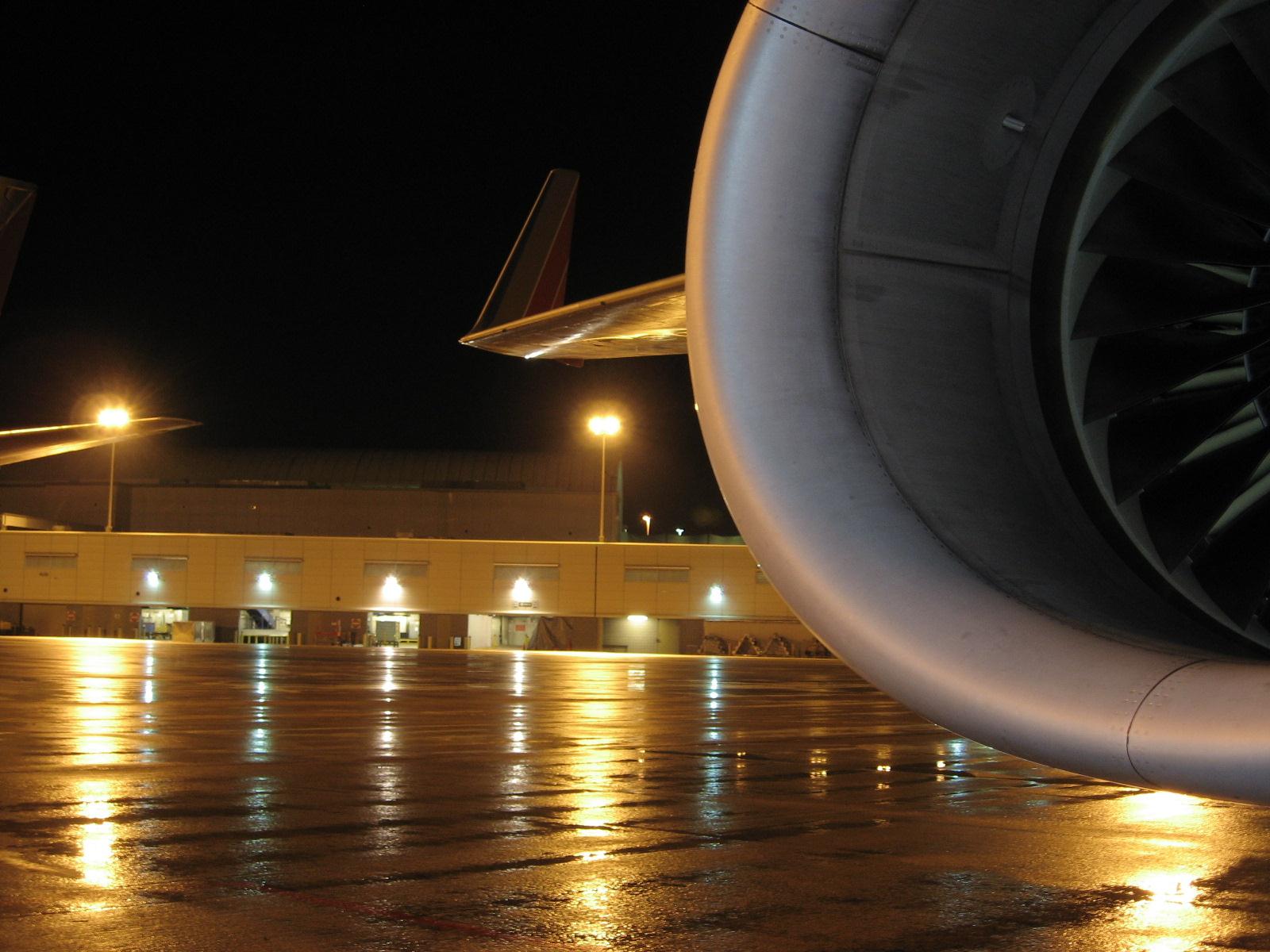The e-freight initiative continues its stuttering progress towards take-off, but questions over dead ends persist.
In September, the spread of e-air waybill use inched up a couple more notches, climbing 2.4% over the previous month to an overall penetration rate of 34.1%.
Although this marked the second consecutive month of increases north of the two-percent mark, presumably nobody at IATA was in a mood to celebrate. The airline organization that fathered the drive towards a paperless air cargo environment and champions the e-AWB element as a vital first step in that direction was aiming for a penetration rate of 45% by the end of this year. Once again, the initiative’s progress has been slower than anticipated.
IATA is hoping that its new platform for e-AWB adoption designed to help small- and mid-sized forwarders come on board will give a boost to the drive in the coming year. The tool, which has been described as a simple form-fill e-AWB, seeks to fill a gap for an affordable and basic solution for smaller forwarders with low shipment volumes. It is expected to be rolled out in the spring.
 While this should draw in cargo agents who otherwise would have balked at the cost of an e-freight investment, some observers have questioned its value on the road to a broader paperless regime. They argue that a basic e-AWB tool that only allows users to book and confirm waybills with a few carriers has no provision for e-freight functionality and will require a complete re-design to move to a subsequent stage. As such, the tool has been characterized by one commentator as a dead end with regard to the broader e-freight drive.
While this should draw in cargo agents who otherwise would have balked at the cost of an e-freight investment, some observers have questioned its value on the road to a broader paperless regime. They argue that a basic e-AWB tool that only allows users to book and confirm waybills with a few carriers has no provision for e-freight functionality and will require a complete re-design to move to a subsequent stage. As such, the tool has been characterized by one commentator as a dead end with regard to the broader e-freight drive.
In a blog dated September 24 and posted on the company website, Jens and Tobias Riege of IT provider Riege Software questioned the value of a cheap, basic solution.
“Whatever the price charged, is a one-dimensional platform worth any cost at all? Where is the added value for the small-sized forwarder who probably will be gazing at fewer windows but then has to pay for it? Even an average voyeur is better off – who doesn’t pay any money at all,” they wrote. “A one-task platform will always be undersized. And petty-minded, too. It represents patchwork thinking instead of intelligent integration of patches.”
They also cautioned that a cheap solution can harbour unforeseen costs that may well spiral out of control for the user.
As a software provider to the air cargo industry, Riege has an obvious interest in promoting more comprehensive solutions, but it does not question the basic tenets of the e-AWB or e-freight.
Joost van Doesburg, the outgoing air freight policy manager at the European Shippers’ Council, thinks the whole initiative is misguided. Optimizing the air cargo sector may yield improvements, but change has to happen at a higher level, he argued.
“I think that optimizing the current supply chain, and the way that we are working with each other, that is not the future,” he commented. “We should not invest a lot of time in optimizing the current situation, like e-freight, because it is optimizing the paper chaos that we already have.”
In his opinion, the air freight business is in a structural crisis that calls for a fresh start to supply chain concepts, as there is no consequential dialogue between shippers and carriers at this point.
Uwe Glaser, CEO of Cargomind, a mid-sized forwarder, does not see any future for e-freight – not because of fundamental questions about supply chains and the structure of the business, but because it seems a matter of the tail trying to wag the dog.
“I consider e-freight to be stillborn,” he said. “It is illusionary to believe that shippers would convert their invoices or packing lists into electronic messages in accordance with the ideas of IATA.”
By Ian Putzger
Air Freight Correspondent | Toronto



